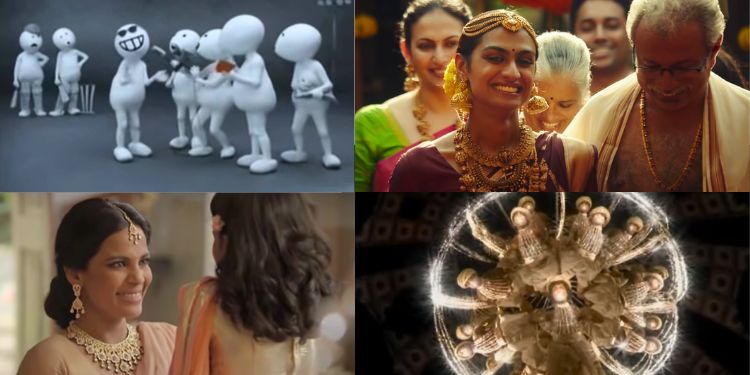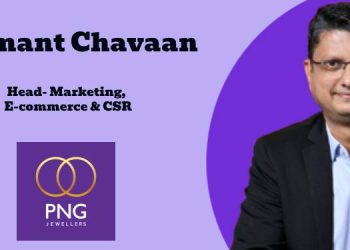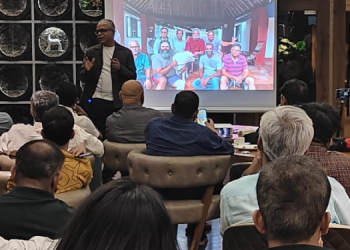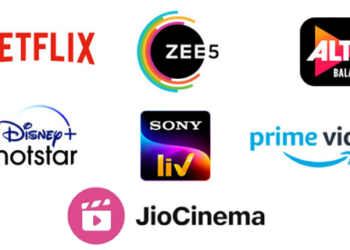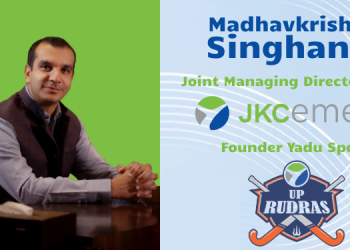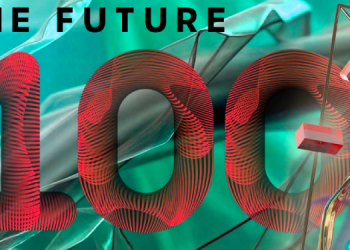When we see an ordinary piece of advertising, the first to get roasted is the agency – especially if it is a reputed shop. That could be assumed to be fair, given that the trade also toasts the agency for standout work it churns out. Often – and more so in IPL season – we hear of the ‘good old days of advertising’. This is an outcome of people missing the good work that is coming out, because the ordinary outnumbers the good and the clutter is immense. There is some unquestionably good work and examples are many. But that is not the point of this op-ed.
Whether ordinary or clutter-breaking, any campaign can only be as good or as bad as a client wants and allows it to be.
Let us take a category like auto, where the famous quip is that cars sell despite the advertising. Within that, we have seen some of the best advertising ever, across categories. From a Kitna Deti Hai to Kancha for Maruti, to a Live Young Live Free for Mahindra and It’s A Human Thing for MG Motor more recently, the examples of good campaigns rooted in insight and a solid positioning are many. But there are many, many more that are far easily forgotten. Why? Because cars sell on product, performance parameters (including mileage) and price points and the like. Not everyone can claim best-in-class mileage, for example. If they are not differentiators, they cannot be claimed to be differentiators in the advertising – unless one owns some degree of differentiation creatively. Which is why agencies are hired.
The chosen line of messaging comes from this beautiful function called strategy that the good strategic planners call common sense. At least the best ones do. Some clients, according to practising ad veterans, have everything else cemented in their heads and want to explore the creative manifestation alone. In which case, why pay for a full-service agency? A production house might suffice? That’s one part. On the other hand are clients who perhaps may not have an understanding of what makes a good insight and subsequently a campaign. They need crutches like focus groups and consultants thereafter (I am guilty of being among the latter).
While all those things and support systems are great to have, the most successful marketers and campaigns one has read about, witnessed and met, are the ones whose gut, honed by experience, tells them what to do. While listening to the said and unsaid is an innate trait, their gut also helps them differentiate the noise from what will be music for their brand.
The Hunger
Functionally, across categories, it comes down to the client’s determination to stand out and be noticed that allows the agency the space to play in. That determination could stem from desperation to make a mark by a new entrant, competition that forces one to stand out to get noticed, a compelling insight that inspires a creative fire all around, or all of the above.
Most importantly, the direction of the final output rests in the client’s ability to visualise and appreciate a creative thought before it has been crafted, or appreciate an insight stemming from the consumer rather than from the product or company’s philosophy. It rests in the ability to allow that insight to marry the product or brand premise.
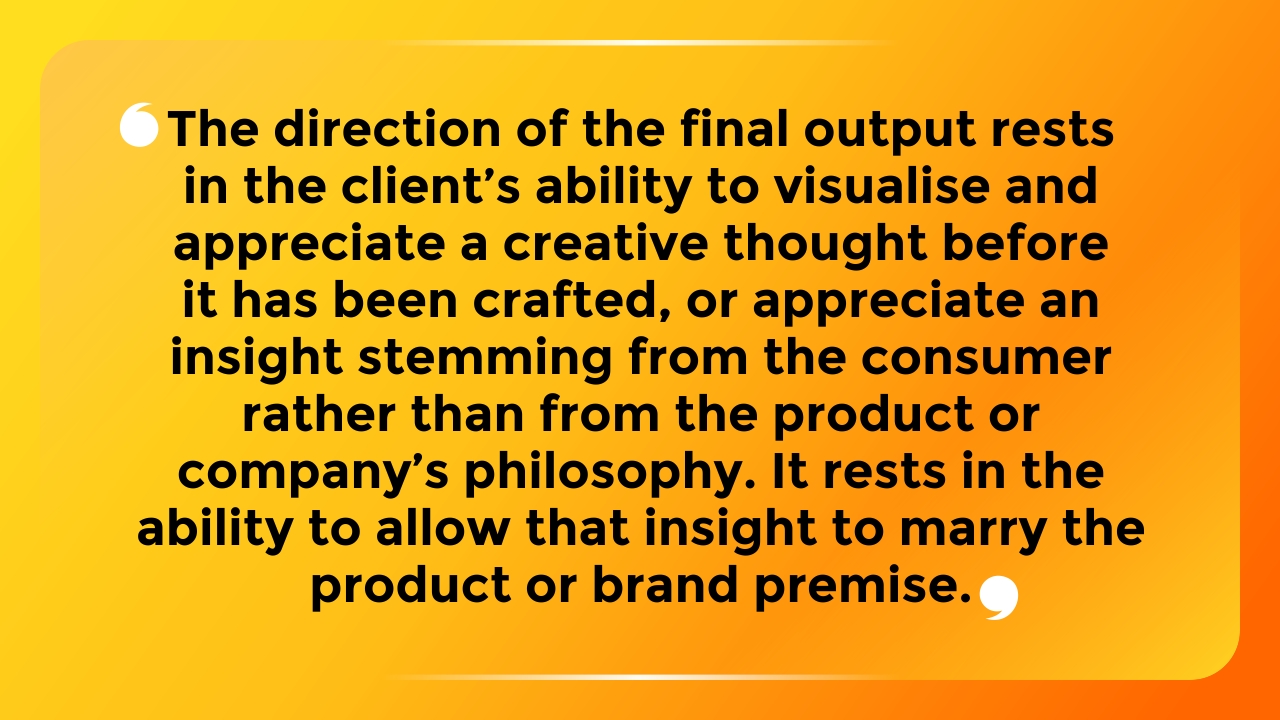
The story of how Apple’s ‘Think Different’ campaign came about, in the words of Rob Siltanen, gives us some clues on how the client-agency dynamic works. It can lead to great results if and only if the client buys an idea that can – in this case at least – change the brand’s world. Confidence in the agency and what is being pitched is a definite issue. Ever wonder why longstanding client-agency relationships – and some newfound ones on the other end – end up creating the most talked about work? Ever wonder why some brands consistently cut through with their communication – often even when agencies change? Why, even when the CMO changes? It’s because a culture of good work and a brand bible have been adopted. It takes a few good folks on the client end to sign off on that book and those who follow to hold everyone to that standard.
People have brought it down to words like ‘brave’. Yes, it takes a brave agency to stand up to the client and say what it believes in. It takes a brave client to say yes to tread the path not often taken. Is it always about breaking new ground? Hell, no. The most famous campaigns do come out of brave thinking, I admit. Think Bhima Jewellers, think Vodafone ZooZoos, think Tanishq Remarriage or think Happydent Palace. Not every campaign needs to break new ground, but every piece of work can strive not to be ordinary. They can take inspiration from the exceptional campaigns cited above to be a cut above the ordinary, toeing an insightful line and visualising it appealingly.
That takes understanding. Some of the smartest campaigns today are coming from new age categories with young marketers at the helm. That is not to say that ‘young marketers make for the best marketers in a young India’. Far from it, there are enough forgettable campaigns being created under the watch of young marketers too. Young or old, it takes a marketer who understands what consumers want, without their saying it. In product terms, think Apple, or a Saregama Carvaan closer home.
So what does it take beyond bravery to create campaigns that are not ordinary? A simple understanding of what works and a hunger for work that works. No business school can teach you that. Funnily, experience cannot either. Either you know how to swim or you don’t. Once you learn, you can get better at it or simply waddle around in a swimming ring. But you won’t get far doing that. That’s precisely what we are seeing with some brands, except for the rare splash or two.
Are agencies not culpable at all? I didn’t say that. But I’ll save that for another day.
(The author is Group Consulting Editor, Uplift Medianews4u. Views are personal. Feedback: [email protected].)

